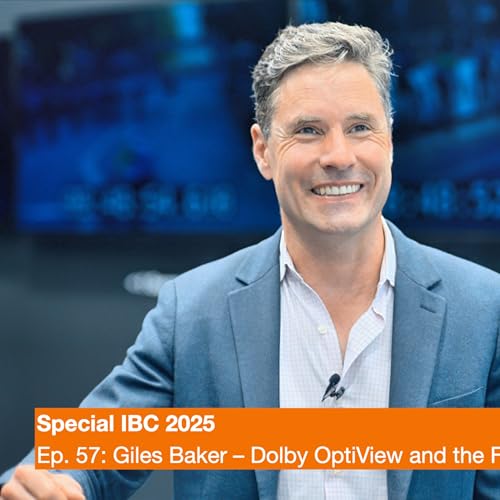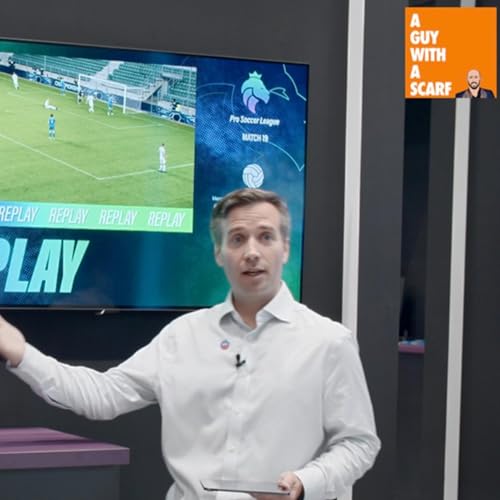At IBC 2025, I sat down with Giles Baker of Dolby to explore how the company is shaping the next chapter of live sports and immersive streaming. Dolby is a brand we encounter daily — from iPhones with Dolby Vision to cinemas with Atmos — but with Dolby OptiView, they’re pushing further into live experiences.
Giles has spent 15 years at Dolby, driven by a passion for sound and vision:
“What excites me today is seeing all the things we’ve been working on come together with Dolby OptiView.”
Dolby Vision has been around for a decade, but the second generation goes further:
More control for creators over how content looks on different devices.
TVs that finally meet the dream Dolby had years ago — and can now stretch content to full performance.
A sharper focus on live sports, making broadcasts smoother and closer to real life without the dreaded “soap opera effect.”
As Giles put it:
“It’s about being immersive without putting anything on your face.”
OptiView combines three critical layers:
The Player – Consistent, high-quality across devices, flexible enough for mobile or big screens.
Latency Control – Not a race to the lowest number, but tuned to each use case. “If you need half a second latency, we’ll deliver it at scale. But if you don’t, you shouldn’t have to pay for it.”
Monetization – With server-guided ad insertion (SGAI), ads become seamless, personalized, and less intrusive. They can appear side-by-side, in a corner, or as part of the flow.
This isn’t just about ads:
“Over time, people will innovate and deliver different types of content to different users. Personalized highlights, live games, analysis — all mixed into the experience.”
The sports industry has long struggled with fragmented tech: inconsistent players, latency headaches, and clunky ad breaks. Dolby’s approach is to unify these into one system. At scale, that means leagues, broadcasters, and platforms can focus on storytelling and fan connection rather than integration challenges.
For fans, the impact is clear: more immersive images, real-time experiences that sync you with the crowd, and personalized highlights without losing the live moment.
Giles summed it up:
“Immersion is about making you feel as close as possible to the action, together with everyone else, without adding friction.”
➡️ Dolby Vision 2 puts creators in control and makes sports look real. ➡️ OptiView offers flexible latency as a business choice, not a tech constraint. ➡️ Ads are reframed as content — personalized, non-intrusive, and even enriching. ➡️ Dolby is building a complete system to support the scale of modern sports streaming. ➡️ The future lies in personalization powered by AI, surfacing what fans care about in real time.
Dolby Vision 2: Designed for NowDolby OptiView: A Complete SystemWhy It MattersKey Takeaways
 14 mins
14 mins 2 mins
2 mins 23 mins
23 mins 4 mins
4 mins 6 mins
6 mins Jul 24 202533 mins
Jul 24 202533 mins Jun 29 202529 mins
Jun 29 202529 mins 44 mins
44 mins

